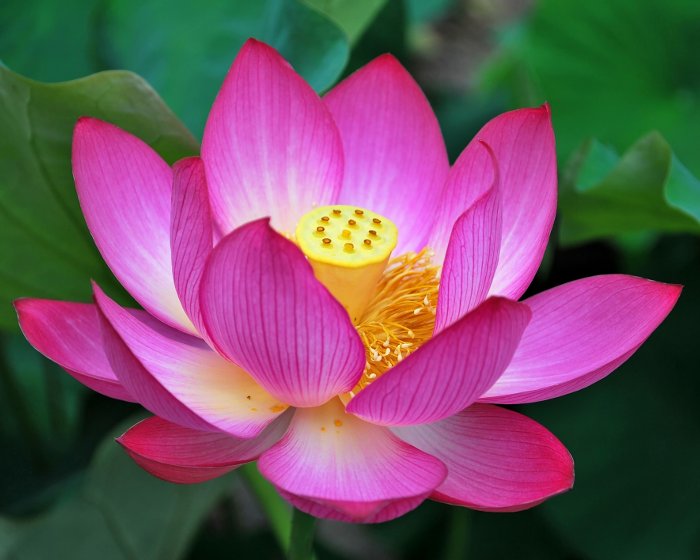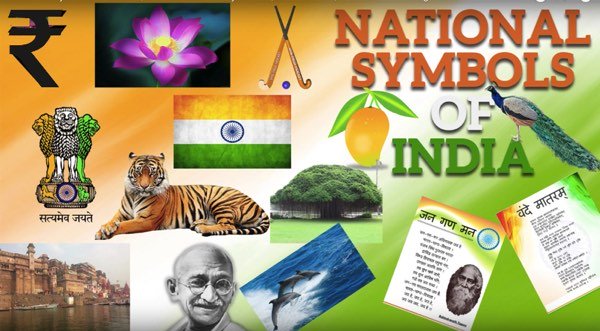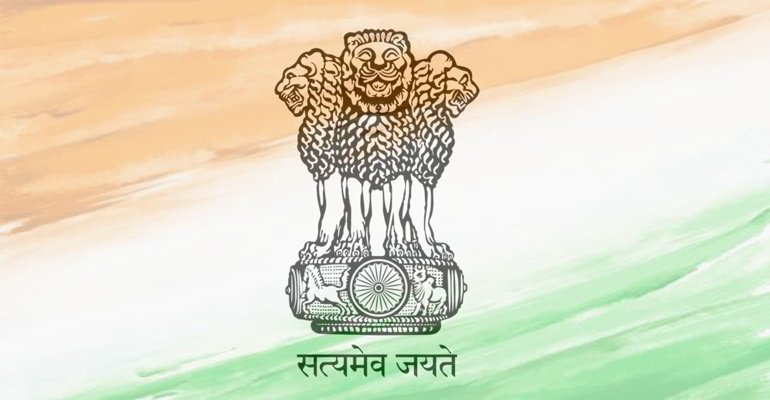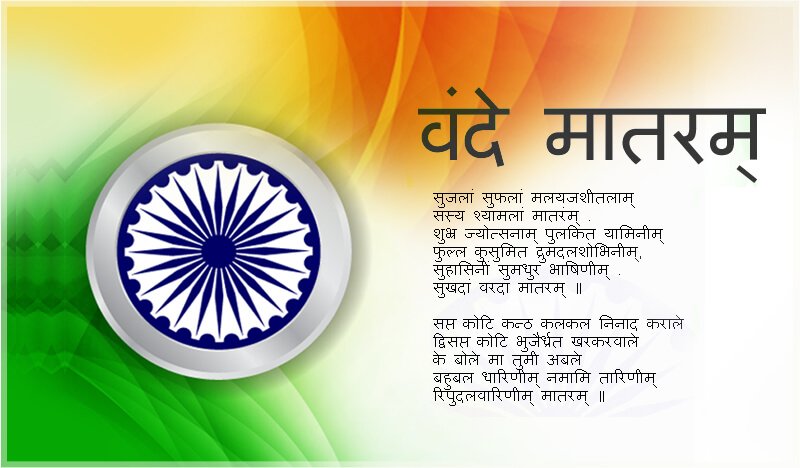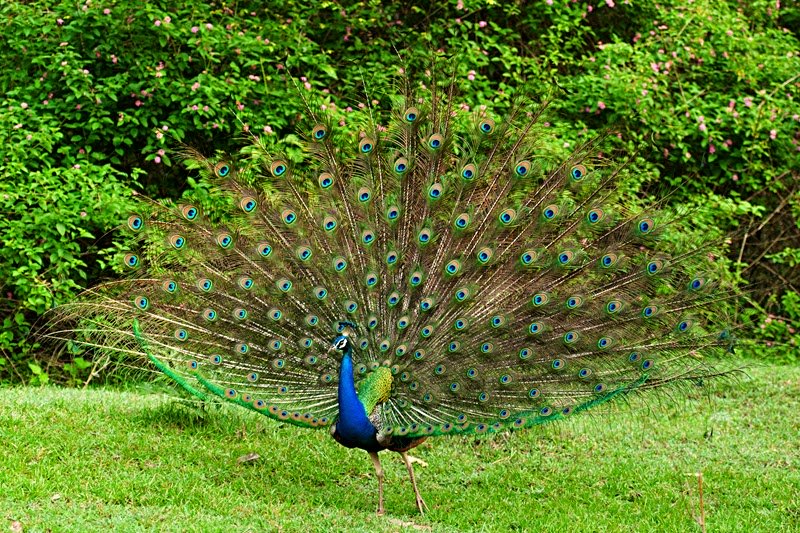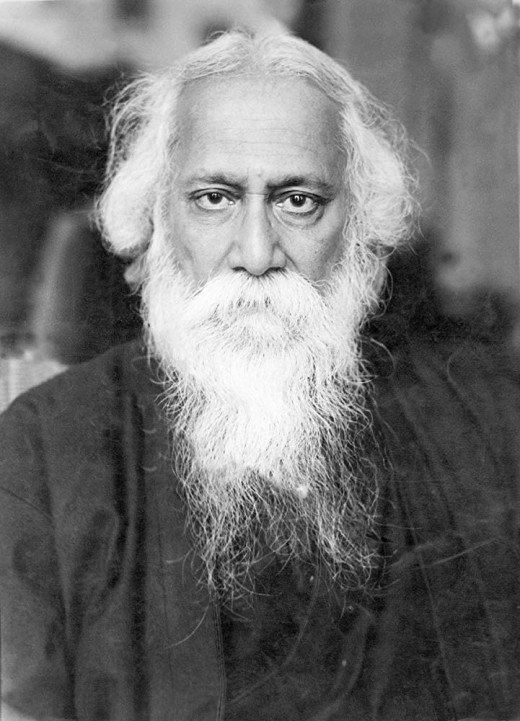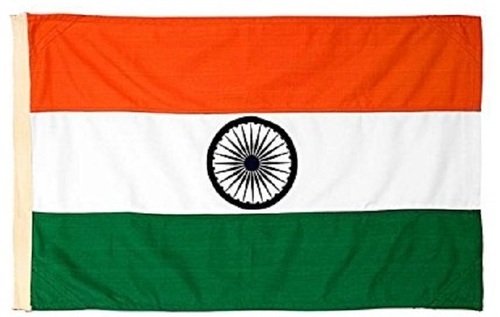- Home
- National symbols of India
- National Calendar of India
National Calendar of India
National Calendar of India:
Quick Facts:
Name: Saka Calendar
Adopted: In the year 1957
Starts: March 22nd
The Indian National calendar also known as the Saka Calendar is the official calendar of India. It was adopted in the year 1957 by the government of India. Saka calendar is used along with the Gregorian calendar in the Gazette of India, All India Radio and also in the communications issued by government of India. Along with Saka Calendar other calendars Vikram Samvat, Tamil Calendar and the Bengali Calendar together makes into Hindu calendar. A Hindu calendar is sometimes referred as Panchanga.
The Gregorian calendar runs from January 1st to
December 31st while the Saka Calendar starts from March 21st
or 22nd and the last month start from February 20th.
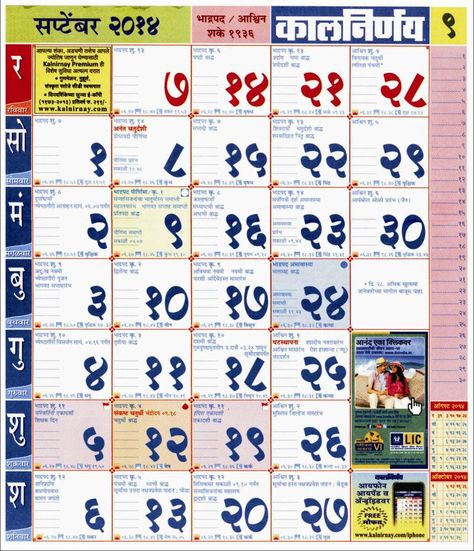
Background of National Calendar of India
The Saka Era was a very important phase in the world history. Historically it is the period of calendar era. There is a huge dispute and argument about the origin of Saka era. It is believed that there were two Saka eras, one is called the old Saka Era of which the origin date is uncertain.
It is understood that the first saka era originated in 1st millennium BCE as the ancient Buddhists, Hindus and Jainia tests use this era. The second era is that it began at the 78th year of Common Era.
The Sahlivahana era could be based on the victory of
Satvahana ruler known as Gautamiputra Satkarni over the Shaka Kings. It is
further believed that the Saka era was founded by King Shalivahana of Satvahana
dynasty.
Udbhatakavya by Somaraja of 1222 CE which is a Kannada work associates King Shalivahana to Saka Era. Some of the other works like Muhurta Marthanada suggests that the Saka era stated wit the birth of Shalivahana while Kalpa Padipa written in 1300CE of Jinaprabhas Suri says that the Saka era started after King Shalivahana’s victory over Vikramaditya.
The calculation of the dates and day is done in accordance with
the position of Sun and Moon.
Adoption of Saka Calendar as National Calendar of India
The saka calendar was adopted as the National Calendar of India in 1957 by the Calendar Reform Committee which was headed by Astrophysicist Dr. Meghnad Saha.
The committee included some well known members like A.C. Banerjee, KK Daffari, J.S Karandikar, Gorakh Prasad, R. V. Vaidya and N.C. Lahiri.
There was a humongous task before the committee to set up a
unified and accurate calendar which was nationally accepted all over India
Pandit Jawaharlal Nehru expressed concern and need for a unifying calendar. He said ““They (different calendars) represent past political divisions in the country.
Now that we have attained Independence, it is obviously desirable that there should be certain uniformity in the calendar for our civic, social, and other purposes, and this should be done on a scientific approach to this problem.”
The committee had to take into consideration the
sentiments of the Indians, Indian religions and culture of different parts of
India before deciding on the Saka Calendar. Thus the Saka calendar was declared
as the official calendar of India and came into usage on March 22nd
1957.
An overview of Saka Calendar
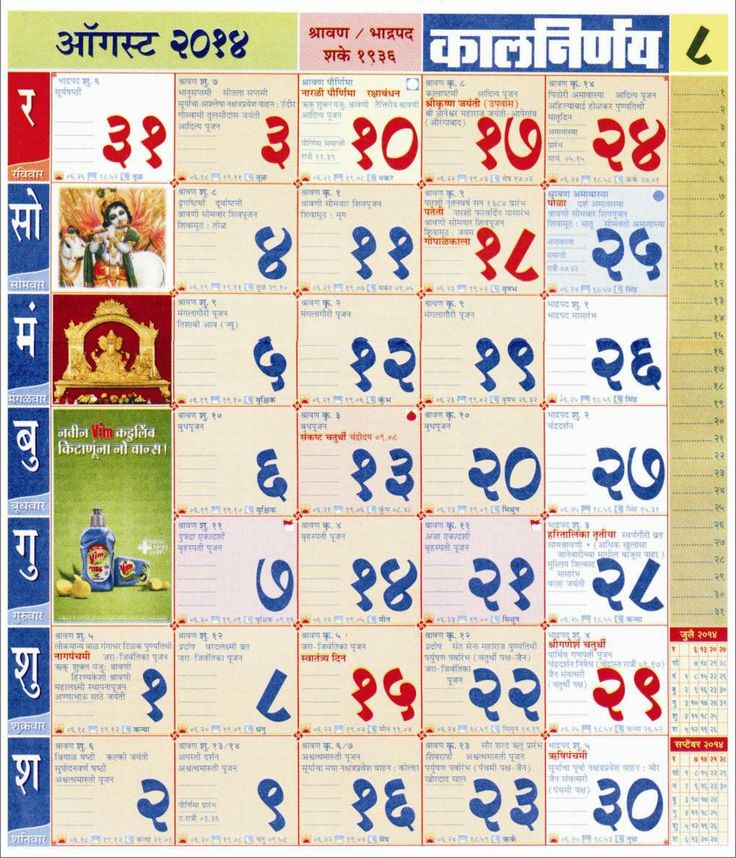
Saka calendar follows the Hindu Luni solar calendars. The calendar follows the zodiac signs to represent each month
1. Chhaitra (March 21 – April 20)
2. Vaishakha (April 21-May 21)
3. Jyeshtha (May 22-June 21)
4. Ashadha (June 22- July 22)
5. Shravana (July 23-August 22)
6. Bhaadra (August 22-September 22)
7. Ashwin (September 23-October 22)
8. Kartika (October 23-November 21)
9. Agrahayana (November 22-December 21)
10. Pausha (December 22-January 20)
11. Magha (January 21- February 19) and
12. Phalguna (February 20-March
20/21)
Every month in the saka calendar is divided into two parts, Shukla paksha and Krishna paksha. The period starting from the first day after new moon and ending on full moon constitutes Shukla Paksha and Krishna Paksha starts from the day after full moon and includes the next new moon day.
Chitra Masa (month) which is the beginning of the year has generally 30 days however in a leap year it has 31 days. Starting from Vaishaka to Bhadrapada Masa it has 31 days the remaining months has 30 days.
The days of
the months is calculated based on earth’s orbit around the sun. To know the
leap year as per Saka calendar we should add 78 to the Saka calendar then if it
is a leap year in Gregorian calendar then it is a leap year in Saka Calendar as
well.
The Saka calendar goes deep into the
Indian History and its use in seen in the Golden Era of Gupta and Mauryan rule.
The Saka calendar is mostly used by the Hindus and the calendar up holds the
culture and tradition of India.
Update on coronavirus in India
Affiliate Disclosure:
If you make any purchase via a link on this site, I may receive a small commission with no added cost to you.
